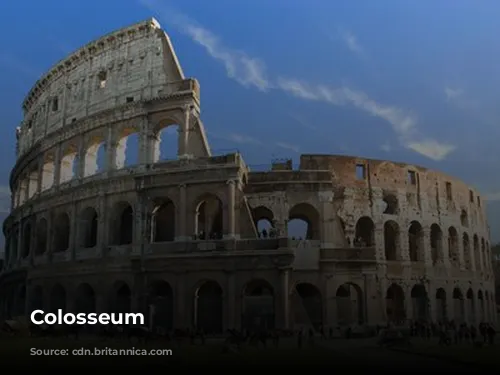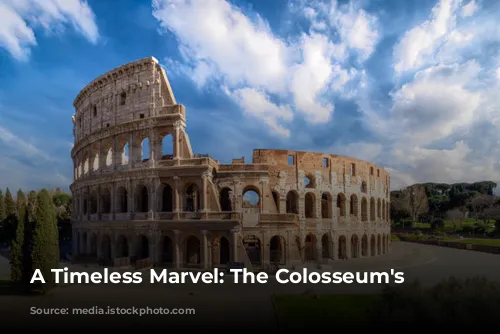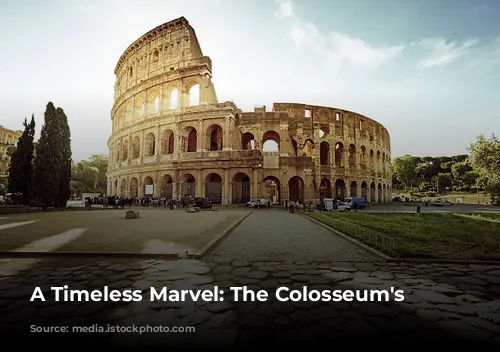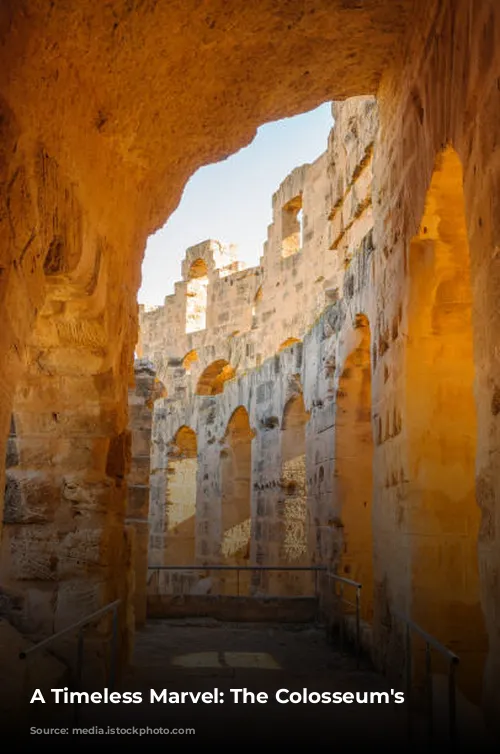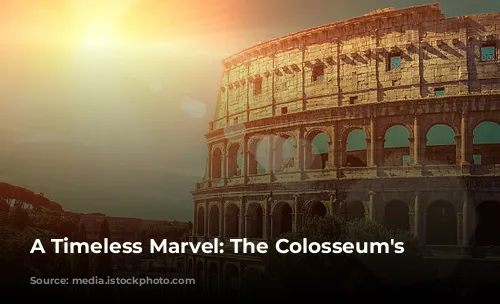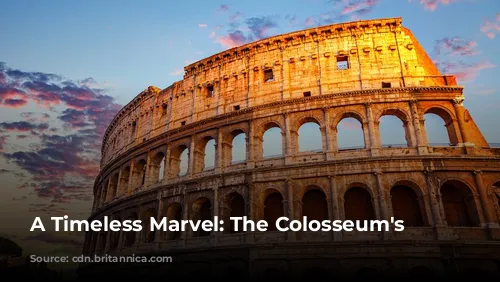The Colosseum stands as a magnificent monument to Rome’s past, showcasing the incredible architectural prowess of the Roman Empire. It’s not just a historical landmark; it’s a major economic driver for Italy. In 2018, the Colosseum, Roman Forum, and Palatine Hill collectively generated over $63.3 million (€53.8 million), making it the most lucrative tourist attraction in the entire country.
The Colosseum’s Legacy: From Glory to Neglect and Renewal
The Colosseum’s journey has been a roller coaster. It was built for grandeur and entertainment, a testament to the Roman Empire’s power and ambition. But after the fall of the Western Roman Empire, the Colosseum fell into disrepair. For centuries, it was used for purposes far removed from its original intent, becoming a fortress for families and even a quarry for building materials.
The 1990s marked a turning point. State-funded restoration efforts breathed new life into the Colosseum, bringing it back to its former glory. Today, the Colosseum stands tall, a reminder of Rome’s enduring history and the power of rejuvenation.
The Colosseum: A Symbol of Roman Imperial Power
The Colosseum’s construction began under the emperor Vespasian between 70 and 72 CE. It was a symbol of imperial power, a way to reinvigorate Rome after a period of upheaval. It was intended to be a center of entertainment, hosting gladiator fights, animal hunts, and even mock naval battles.
The Colosseum’s completion in 80 CE, dedicated by Vespasian’s son Titus, marked a pivotal moment. The addition of a fourth story by the emperor Domitian in 82 CE further solidified its grandeur. It’s important to acknowledge that the arena was financed with plundered wealth from Titus’s sack of Jerusalem and built with forced labor from enslaved Jews.
An Architectural Masterpiece
The Colosseum is a circular arena built of stone, concrete, and tuff, spanning four stories. It’s an impressive structure, measuring 620 by 513 feet (189 by 156 meters), capable of seating up to 50,000 spectators. Its design and scale made it the perfect setting for gladiatorial combat, a favorite pastime of the Romans.
The Colosseum’s Construction and Design
Located just east of the Palatine Hill, on the grounds of Nero’s Golden House, the Colosseum’s construction was as much symbolic as practical. It was built on the site of Nero’s artificial lake, signifying a shift from personal indulgence to public spectacle.
The Colosseum’s freestanding structure set it apart from earlier amphitheaters, which were often built into hillsides. Its complex system of vaults and arched design ensured its strength and stability. The three stories of arcades, adorned with engaged columns in the Doric, Ionic, and Corinthian orders, became a cornerstone of Renaissance architectural theory. The Colosseum’s facade and structural framework were built using travertine, while volcanic tuff was used for secondary walls, and concrete for the inner bowl and arcade vaults.
Life Inside the Colosseum
The Colosseum was designed with the comfort of spectators in mind. A massive retractable awning, known as a velarium, shielded them from the sun. Hundreds of Roman sailors were required to manipulate the rigging that extended and retracted the velarium, which was supported by masts attached to the Colosseum’s attic story.
The Colosseum was the stage for countless spectacles, from gladiator battles to animal hunts and mock naval battles. However, the authenticity of claims that the Colosseum was the site of early Christian martyrdoms remains uncertain.

The Colosseum’s Transformation Through Time
The Colosseum’s story is one of transformation. In the medieval period, it served as a church and a fortress for prominent Roman families, the Frangipane and the Annibaldi.
The Colosseum was subjected to damage from lightning, earthquakes, vandalism, and pollution. Over a thousand years of neglect saw the disappearance of its marble seats and decorative materials, as the site was treated as a quarry.
The 19th century saw a shift towards preservation. Notable efforts by Pius VIII and a restoration project in the 1990s helped to preserve the Colosseum, restoring it to its current grandeur.

The Colosseum Today
Today, the Colosseum stands as one of Rome’s most popular tourist destinations, attracting nearly seven million visitors annually. Regular exhibitions exploring the culture of ancient Rome keep the Colosseum alive and engaging, reminding us of its rich history and lasting legacy.
The Colosseum is a timeless monument, its history intertwined with the rise and fall of the Roman Empire. It serves as a powerful reminder of the enduring power of architecture, engineering, and cultural legacy. Though its initial purpose was entertainment, it stands today as a beacon of human ingenuity and a testament to the importance of preserving our history.
